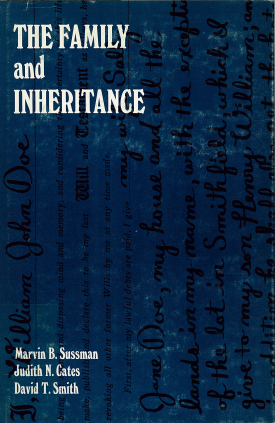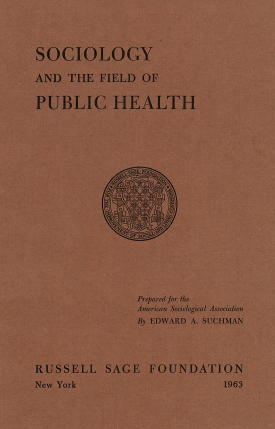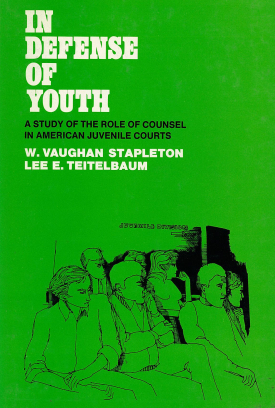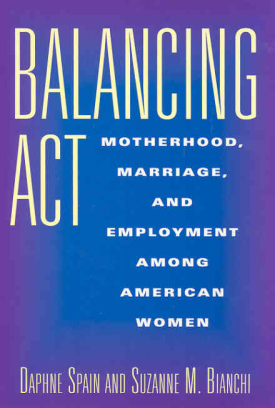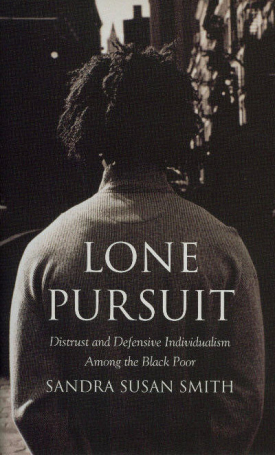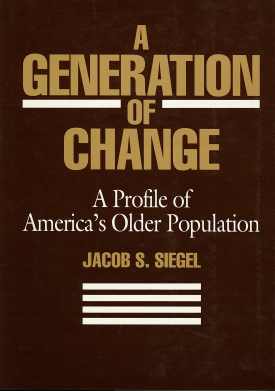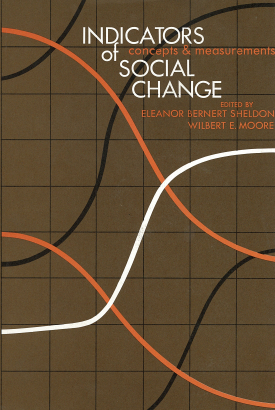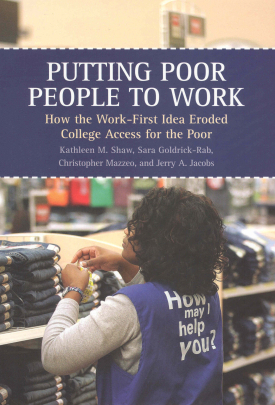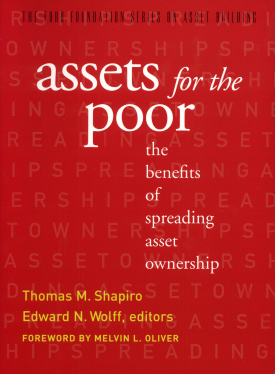A Generation of Change is an exceptional study of the nation's elderly, a population that has undergone profound changes in the years since World War II. As modern medicine extends the average life span and the baby boom generation begins to approach middle age, the number of older Americans is expected to more than double in the next century. Currently, 75 percent of U.S. health care expenditures go toward the elderly. But as national trends toward early retirement and low birthrate continue, an aging American population could face crises in meeting their financial and physical needs. According to Jacob S. Siegel in A Generation of Change, astute public planning must be informed by an understanding of the demographic, social, and economic characteristics of the older population, as it is today and as it will be in the coming years.
Siegel employs census and survey data from 1950 through the mid-1980s to describe a population constantly shifting in its ethnic and gender composition, geographic distribution, marital and living arrangements, health, employment, and economic status. Surprisingly, there is tremendous disparity in the quality of life among the elderly. Although their average poverty rate is below that of the general population, there are dramatic levels of poverty among older women, who are far more likely than men to live alone or in institutions. As the elderly progress from the "young old" to the "aged old"—those over 85—sharp differences emerge as income and employment decrease and degrees of chronic illness increase. In addition, residential location influences the quality of health care and public assistance available to the elderly, an effect that may account for the marked migration of older people to Florida and Arizona.
Siegel analyzes the full range of characteristics for this heterogenous population and, through comparisons with other age groups as well as with the elderly of the previous decades, portrays the crucial influence of social and economic conditions over the life course on the quality of later life. With our elderly population growing more numerous and long lived, accurate information about them is increasingly essential. A Generation of Change will serve as a valuable resource for policymakers seeking more effective solutions in critical areas such as housing, long-term health care, and the funding of Social Security and retirement programs.
JACOB S. SIEGEL is professor of demography at Georgetown University.
A Volume in the RSF Census Series
